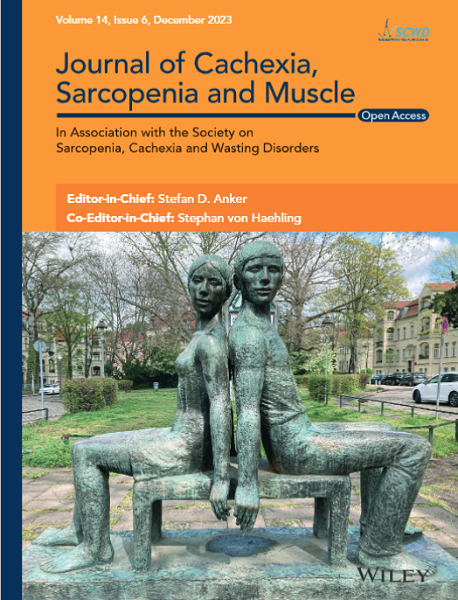Predicting In-Hospital Fall Risk Using Machine Learning With Real-Time Location System and Electronic Medical Records
Abstract
Background
Hospital falls are the most prevalent and fatal event in healthcare, posing significant risks to patient health outcomes and institutional care quality. Real-time location system (RTLS) enables continuous tracking of patient location, providing a unique opportunity to monitor changes in physical activity, a key factor related to the risk of falls in hospitals. This study is aimed at utilizing RTLS data to capture dynamic patient movements, integrating it with clinical information through a machine learning approach to enhance in-hospital fall predictions.
Methods
This retrospective study developed and compared three models: clinical data only, RTLS data only and a combined data model. It included 22 201 patients from Yongin Severance Hospital, South Korea, from March 2020 to June 2022, with 118 fall patients and 443 nonfall patients selected through random sampling and relevant criteria for detailed analysis, totaling 561 patients. The average age of the participants was 70.1 years, with a median of 71.0 years (IQR: 60.0–80.0). Among participants, 52.6% (n = 295) were male. This study evaluated the occurrence of the first fall during hospitalization. The performance was assessed using the area under the receiver operating characteristic (AUROC), the area under the precision-recall curve (AUPRC) and the Brier score. The Shapley additive explanations (SHAP) method and decision curve analysis (DCA) were employed to enhance model explainability and assess the clinical utility of the models.
Results
The RTLS model showed significant predictive accuracy for hospital falls, with an AUROC of 0.813 (95% CI: 0.703–0.903). The clinical + RTLS model outperformed those using only one type of data, achieving an AUROC of 0.847 (95% CI: 0.764–0.917), AUPRC of 0.667 (95% CI: 0.472–0.816) and Brier score of 0.120 (95% CI: 0.083–0.162), with significant differences in performance metrics (p < 0.0001). DCA confirmed its greater clinical benefit. SHAP analysis indicated that patients who experienced falls tended to have less active time and slower movement speed just before the fall compared to the early hospitalization period, despite attempting to move more. Additionally, higher fall incidence was significantly associated with sedative use and higher red cell distribution width (RDW) levels.
Conclusion
This study underscores the capability of utilizing RTLS to predict in-hospital falls by tracking the changes of patients' physical activity through a machine learning approach. This may improve early fall risk detection during hospitalization, thereby preventing falls and enhancing patient safety.


 求助内容:
求助内容: 应助结果提醒方式:
应助结果提醒方式:


